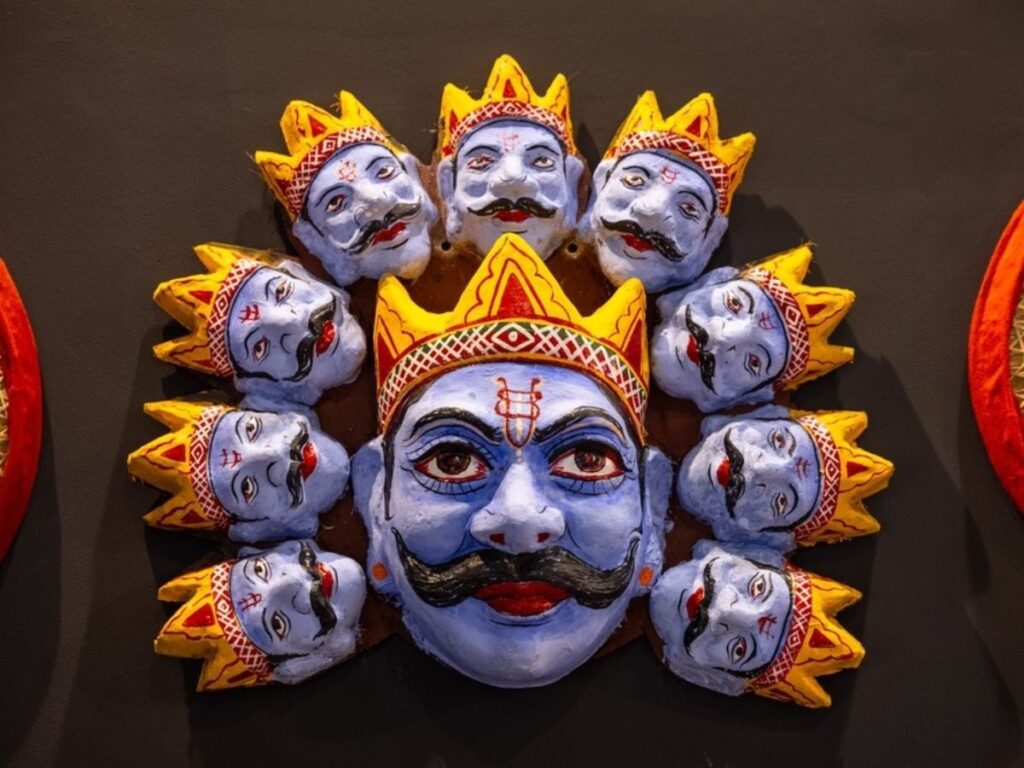The festival of Dussehra, celebrated with immense joy throughout India, marks the triumph of good over evil. Traditionally, large effigies of the demon king Ravana are burned in various regions to symbolize this victory. However, certain locales uphold a unique tradition that diverges from the norm, choosing instead to worship Ravana rather than destroying his effigy. This article explores the significance and practices surrounding Ravana worship during Dussehra, highlighting the cultural nuances that differentiate these celebrations.
Understanding Ravana Worship
While most parts of India witness the burning of Ravana’s effigy as a pivotal aspect of Dussehra festivities, there exist specific areas where the tradition takes a different route. In these regions, Ravana is revered as a learned scholar and a devotee of Lord Shiva, rather than being viewed solely as the embodiment of evil.
Cultural Significance
| Region | Tradition | Significance |
|---|---|---|
| Punjab | Ravana Worship | Ravana is seen as a symbol of knowledge and sacrifice, with rituals performed in his honor. |
| South India | Puja and Offerings | Some temples conduct special prayers for Ravana, acknowledging his scholarly contributions. |
| Himachal Pradesh | Ravana Festival | Celebrations involve music, dance, and dances recounted in Ravana’s honor, emphasizing his cultural legacy. |
Festive Practices
The worship of Ravana is often accompanied by various rituals, offerings, and cultural performances. These activities serve to honor not only Ravana’s character as a complex figure but also to remind devotees of the multifaceted nature of good and evil.
Rituals and Offerings
- Puja: Devotees perform rituals that might include chanting mantras, offering flowers, and lighting lamps.
- Food Offerings: Sweets and traditional delicacies are prepared and offered to Ravana.
- Dance and Drama: Folk performances often portray stories highlighting Ravana’s wisdom and devotion.
Conclusion
The tradition of worshipping Ravana during Dussehra serves as a profound reminder that the lines between good and evil can often blur. By acknowledging Ravana’s complexities and contributions beyond his role as a villain in the Ramayana, these unique practices foster a deeper understanding of cultural heritage and religious beliefs. As the festivities unfold, they not only celebrate victory over evil but also highlight the importance of knowledge, devotion, and the myriad shades of human nature.
